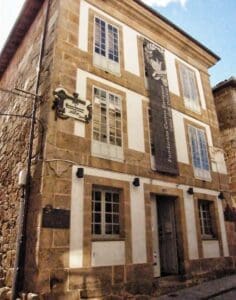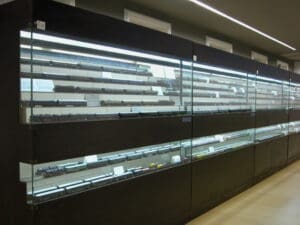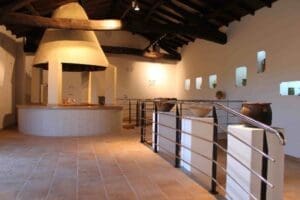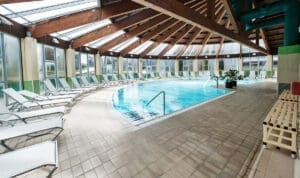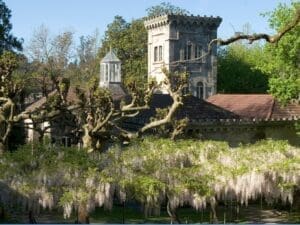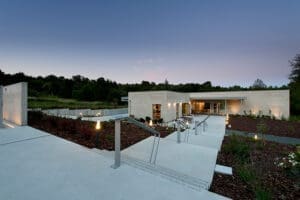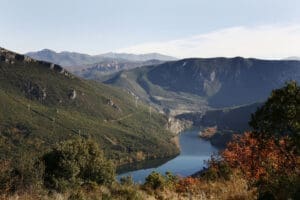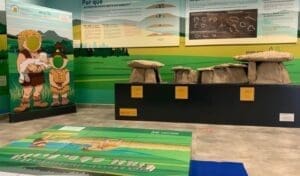This designation occupies the easternmost lands of Galicia (A Rúa, O Barco, Petín…), in the basin of the Sil, Xares, and Bibei rivers. Due to its proximity to the plateau, it has a drier climate than the rest of Galicia. Valdeorras enjoys a Mediterranean-oceanic climate, with Atlantic influence, and a privileged location, between 300 and 700 meters of altitude, ideal characteristics for the production of high-quality dry wines. Two single-varietal wines are appreciated: the most characteristic is the white godello, with fruity aromas, yellow, golden or straw color, and good structure in the mouth. Among the reds, those made with mencía stand out, with an intense purple color, and a long and intense aftertaste.
In this region, the Sil river accompanies us during some stretches of our journey until it penetrates the heart of Valdeorras, leading us to a deep valley that it shapes along its way. Welcoming valley, with reddish and clayey soil, gold-bearing land that Roman colonies dug centuries ago to extract that precious metal, gold, and that today offers us from its depths, those caves (“Covas”) where their wineries reach the necessary temperature for the care of their wines.
“As Covas” are also famous for the different festivals and routes around them. Where it is possible to taste good wine and get to know the local gastronomy.
Here, slate is the protagonist of the humanized territory that, both in the walls and on the roofs, brings a chromatic and legendary contrast to the landscape.
Land of millenary culture, crossed to the east by the Vía Nova, Roman road Via XVIII that connected Astorga with Braga. A territory that during the Roman Empire was an important center for gold exploitation; an activity they combined with the planting of grapevines and even the construction of wine presses.
Valdeorras Wine Route: Wine is the perfect excuse to explore a rural territory!
Valdeorras treasures a unique architectural and ethnographic heritage in Galicia, with cave neighborhoods to preserve wine that can be found in almost all the villages located on the mid-slope, on both banks of the Sil river. These caves, of which more than a thousand have been counted throughout the region, were used for decades to produce and preserve wine, protecting it from the strong temperature contrasts of this territory that acts as a climatic border of Galicia.
The quantity and diversity of caves, built according to the area in clay, granite, or slate, make them a great architectural and cultural value, to which is added the deep social value of spaces that are still mostly maintained in the private and family sphere. Passed down from generation to generation, it is difficult to date their construction, although there are caves that are used from ancient Roman gold mining operations.
Visit a cave
Today, many of the wineries in Valdeorras have a cave that they use for visits or events. Within the Valdeorras Wine Route, the following have visitable caves: Bodegas Godeval, Bodega Roandi, A Coroa, Adega Melillas, Alán de Val, Joaquín Rebolledo, Adega da Pinguela, and Cova da Xabreira, the latter with a restaurant service.

 Galicia
Galicia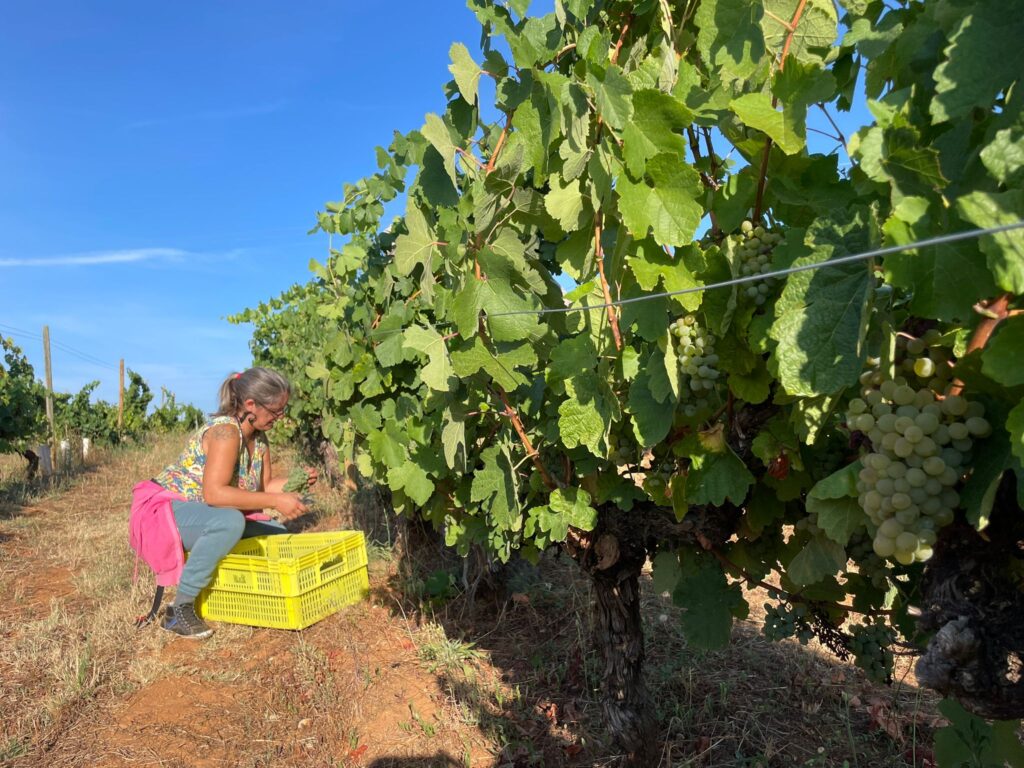
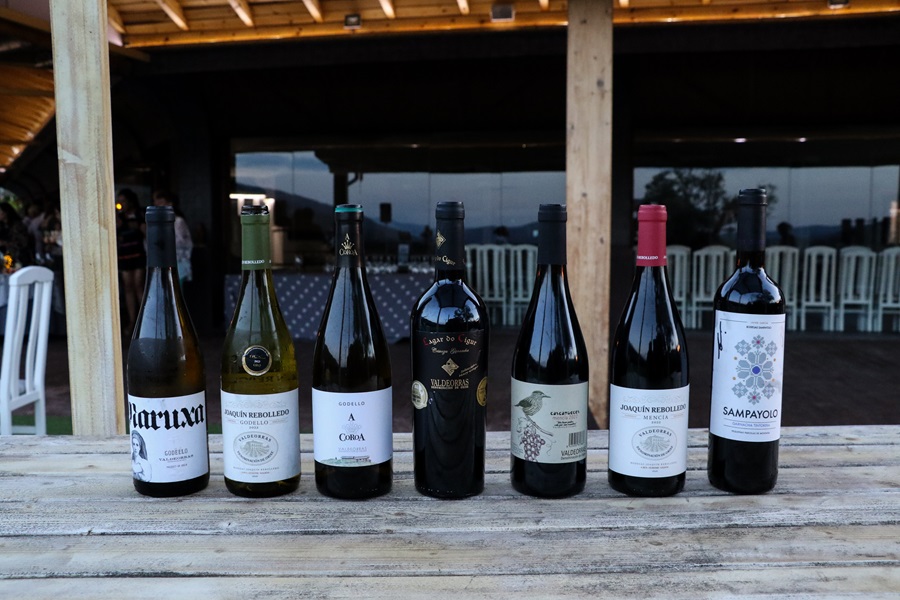
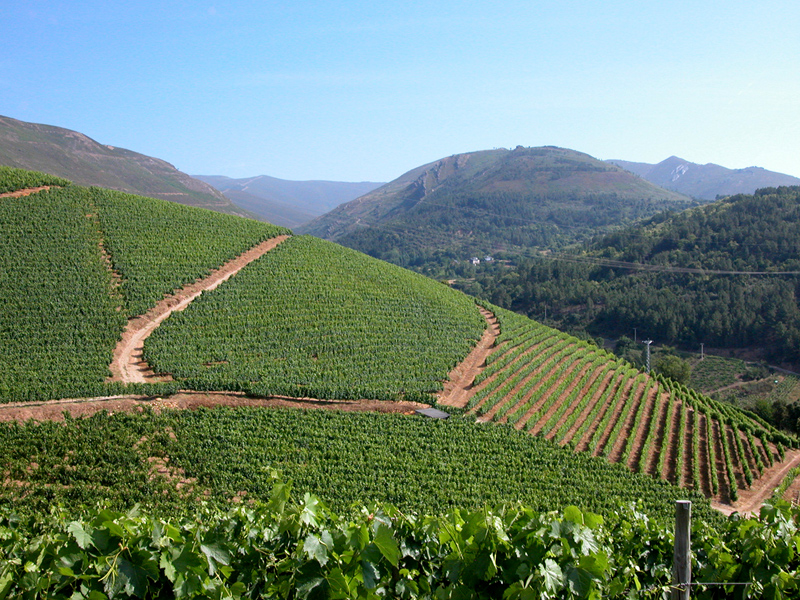

 Provincia de Ourense
Provincia de Ourense 